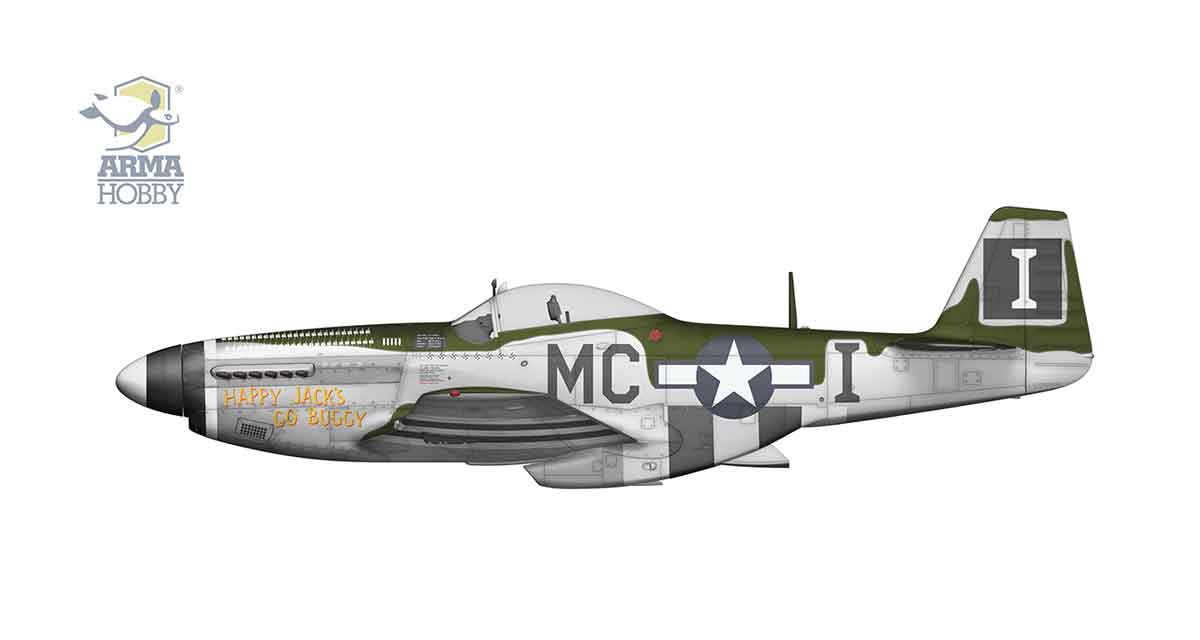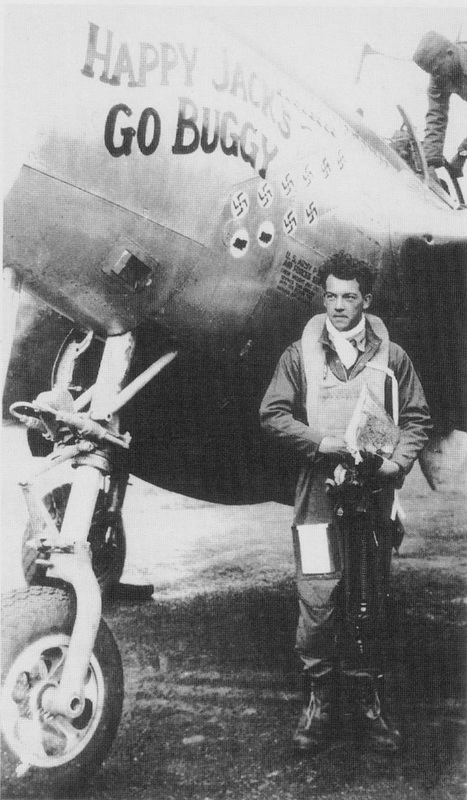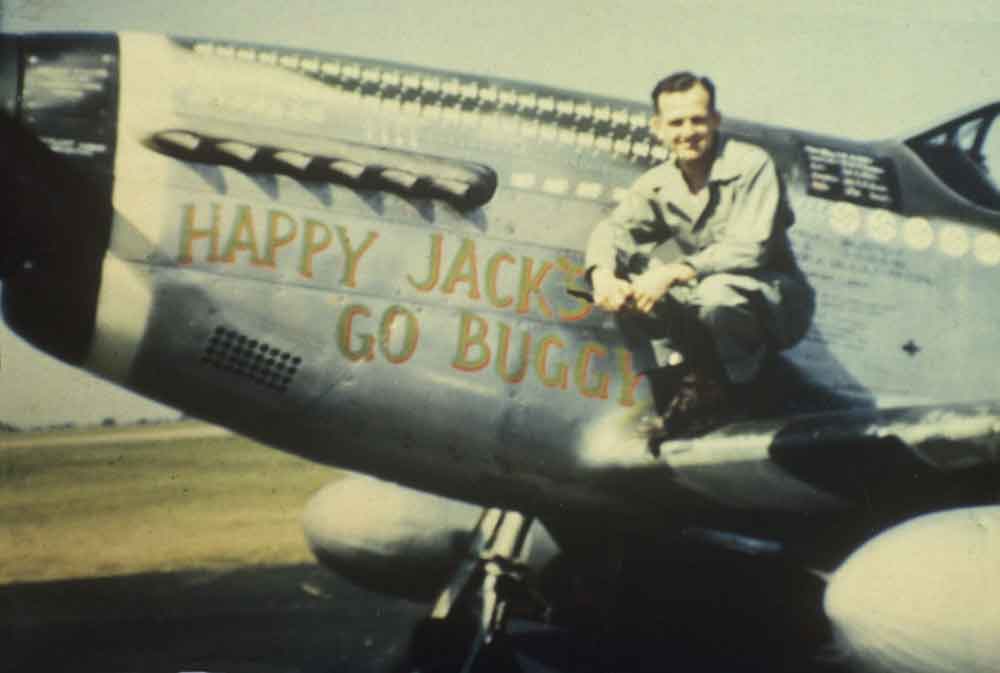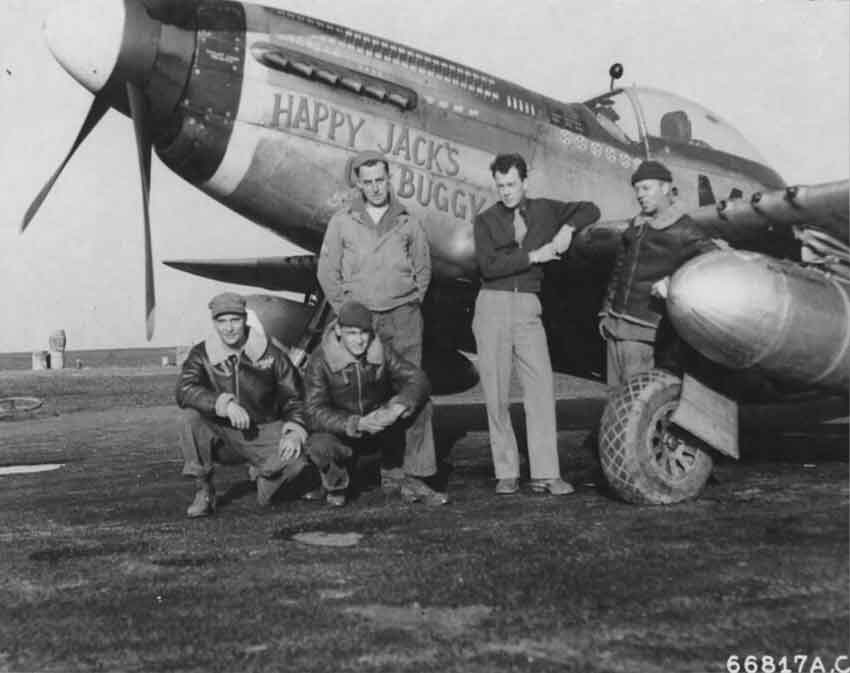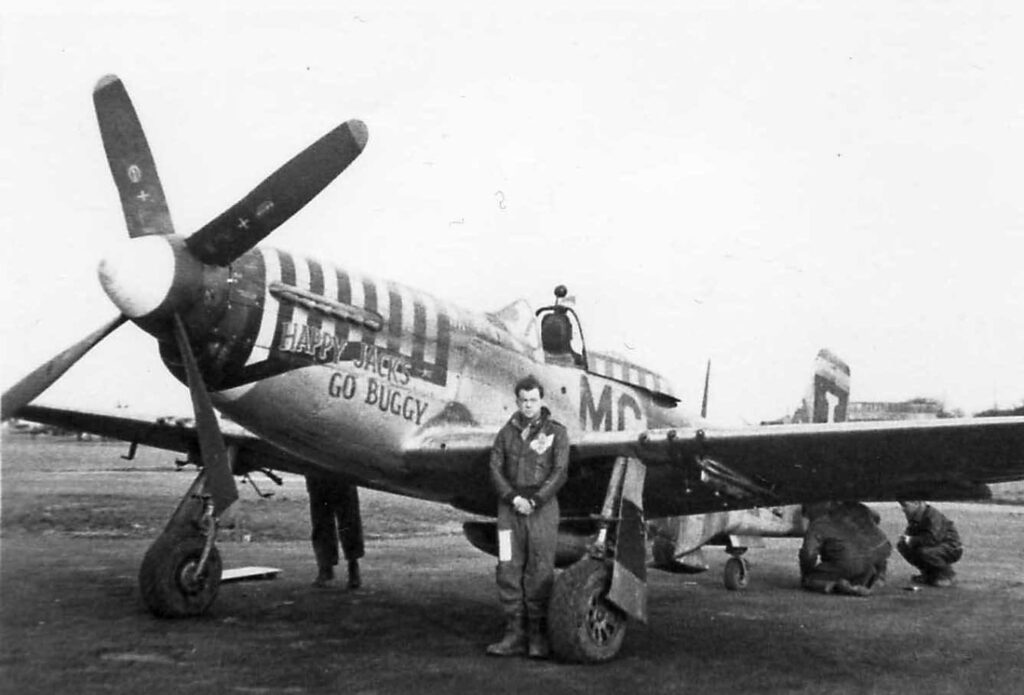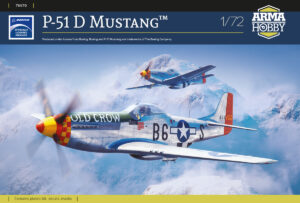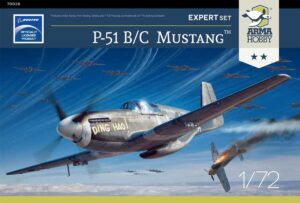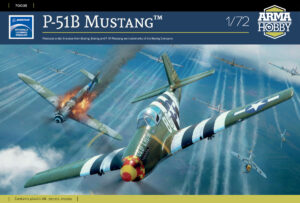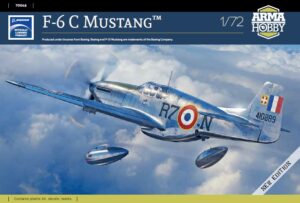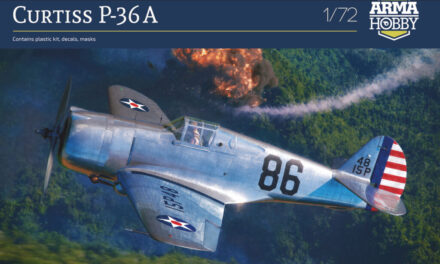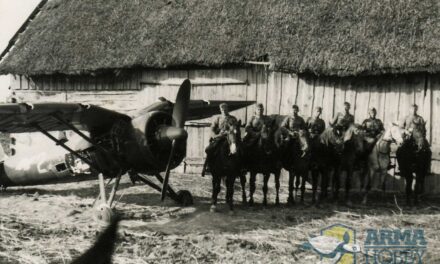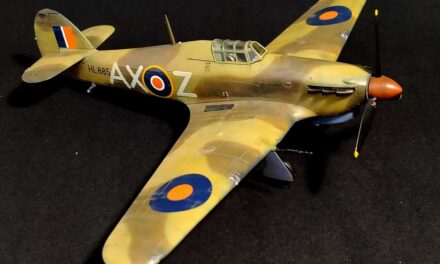“Happy Jack” Ilfrey was one of the most colorful American fighter aces of World War II. He flew the P-38 Lightning and the P-51 Mustang, scored seven aerial victories, and became famous for daring exploits – from escaping internment in Portugal to carrying his wingman on his lap inside a Mustang cockpit.
Jack Milton Ilfrey was born on July 31, 1920, in Houston, Texas. Known as “Happy Jack,” he was a cheerful and straightforward man, and his airplanes bore the distinctive nickname “Happy Jack’s Go Buggy.”
94th Fighter Squadron over the Atlantic and in Africa
In 1942 he was assigned to the 94th Fighter Squadron, flying the P-38 Lightning. As part of Operation Bolero, his squadron was among the first to fly from the United States via Reykjavik, Iceland, to Scotland – his very first long-distance mission.
Later, en route to North Africa, Ilfrey was forced to make an emergency landing in Portugal. Facing internment, he managed a risky take-off to Gibraltar. In Africa, he flew the P-38F “Texas Terror”, scoring five and a half victories and earning the title of fighter ace.
P-38J Lightning Jack Ilfrey was shot down on bombing mission in France June 12th, 1944.
79th Fighter Squadron and missions over Europe
After a break, he returned to combat duty with the 79th Fighter Squadron, 20th Fighter Group. He flew bomber escort missions to Berlin, where he claimed his last two kills in the P-38J. On June 12, 1944, he was shot down while attacking a bridge in France, but with the help of a French family he managed to return to England.
When he rejoined his squadron, it was transitioning to the P-51D Mustang. Ilfrey was deeply impressed with the aircraft – beyond its superb handling, he appreciated the new G-suit and the gyroscopic gunsight. The Mustangs were assigned to his unit as the entire 8th Air Force was dedicated to long-range escort missions over Germany, while other fighters (P-38s and P-47s) were transferred to the 9th Air Force to support ground operations.
T/Sgt Howard Hopkins at Happy Jack’s Go Buggy, Summer 1944. Note Invasion stripes on wing.
Mustangs over Poland
During the Warsaw Uprising, the USAAF prepared several times to support the insurgents. Part of these plans involved “shuttle missions” – B-17 bomber groups flying from England to bases in Soviet-held territory, escorted by Mustangs. The Allies hoped to deliver supplies to the insurgents, but these plans met with Stalin’s opposition.
In September 1944, under Operation Frantic VI, two such missions took place over Poland. On September 11, the 20th Fighter Group escorted Flying Fortresses bombing the Chemnitz oil refinery in eastern Germany. Continuing eastward over Poland, the bombers and their escort became separated in bad weather, but eventually all aircraft arrived safely: the bombers at Poltava, the fighters at Pyriatyn.
For Jack Ilfrey, the stay at a Soviet airfield was a striking experience. Although the Soviets showed courtesy, the Americans sensed hidden hostility from their hosts – they were kept isolated from both the local population and Soviet equipment. Alongside humorous misunderstandings, Ilfrey also witnessed the poverty and malnutrition of a war-torn country.
On September 13, the return flight included bombing the steelworks at Diósgyőr in Hungary, followed by landing at Foggia, Italy. Two days later, on September 15, another group of American aircraft dropped supplies for the insurgents in Warsaw.
P-51 D-5-NA Mustang, Happy Jack’s Go Buggy without invasin stripes, RAF Kings Cliffe, Anglia, Autumn 1944 roku.
Two in one Mustang
At the end of 1944, Mustangs of the 79th Squadron received a new quick-identification marking – black-and-white stripes on the vertical tail, nicknamed “piano keys.” The “Happy Jack’s Go Buggy” nose art was also repainted in black and yellow.
On November 20, 1944, Ilfrey led a section escorting two F-5 reconnaissance Lightnings over Berlin. On the return trip, his flight attacked ground targets in the Netherlands. Near Maastricht, his wingman, 1st Lt. Duane Kelso, was forced to make an emergency landing at an abandoned airfield. Ilfrey, risking his life, landed alongside him, threw out his parachute and dinghy, seated Kelso in his own place in the cockpit, and then sat on his lap. He closed the canopy – scraping his scalp in the process – and took off back to England.
Cpt. Jack Ilfrey at his P-51 D-5-NA Mustang, RAF Kings Cliffe, England. Note late 1944 20th Group markings “piano keys” on cowling.
Epilogue – the end of the war and later life
By the end of the war, Ilfrey had scored seven confirmed victories and held the status of a USAAF ace. In December 1944, after completing his second combat tour, he returned to the United States, and after a period of duty on the West Coast, he was discharged to civilian life on December 28, 1945.
After the war, he wrote his memoirs, published as “Happy Jack’s Go Buggy”, one of the most colorful accounts by an American fighter pilot of World War II. He later worked as a commercial pilot and businessman in Texas. He remained active in veteran circles throughout his life, gladly sharing his wartime experiences with younger generations.
Jack Ilfrey died on April 15, 2004, in Houston, aged 83. He is remembered as a charismatic and courageous pilot – the true “Happy Jack,” whose daring and humor often saved both his own life and that of his comrades.
More information
- Jack M Ilfrey | American Air Museum
- Happy Jack’s Go Buggy: A Fighter Pilot’s Story (Schiffer Military/Aviation History): 9780764306648
- Jack M. Ilfrey – Wikipedia
More interesting stuff:
Modeller happy enough to work in his hobby. Seems to be a quiet Aspie but you were warned. Enjoys talking about modelling, conspiracy theories, Grand Duchy of Lithuania and internet marketing. Co-founder of Arma Hobby. Builds and paints figurines, aeroplane and armour kits, mostly Polish subject and naval aviation.
This post is also available in:
 polski
polski


